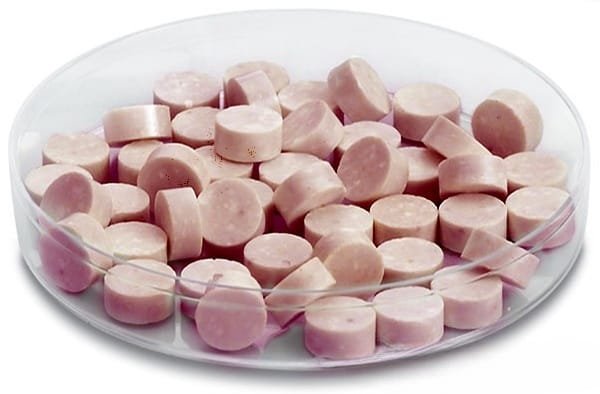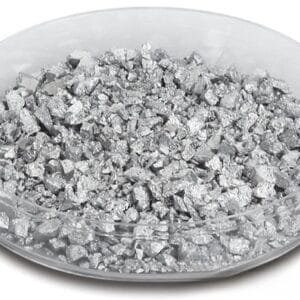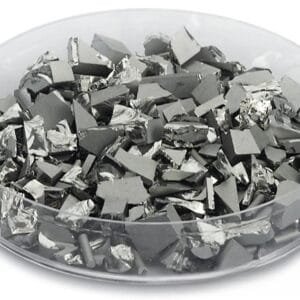Erbium(III) Oxide Evaporation Materials Overview
TFM specializes in high-purity erbium(III) oxide evaporation materials, with the chemical formula Er₂O₃. These materials are crucial for achieving superior film quality in various deposition processes. Our erbium(III) oxide evaporation materials are produced with up to 99.9995% purity, underscoring our commitment to quality and reliability.
Specifications
| Material Type | Erbium(III) Oxide |
| Form | Evaporation Materials |
| Symbol | Er2O3 |
| Color/Appearance | Pink Solid |
| Melting Point | 2,344 °C |
| Density | 8.64 g/cm3 |
| Purity | 99.5% ~ 99.99% |
| Shape | Powder/ Granule/ Custom-made |
Applications
Our erbium(III) oxide evaporation materials are versatile and used in various applications, including:
- Deposition Processes: Suitable for semiconductor deposition, chemical vapor deposition (CVD), and physical vapor deposition (PVD).
- Optical Applications: Ideal for wear-resistant coatings, decorative finishes, and display technologies.
Packaging and Handling
We ensure that our erbium(III) oxide evaporation materials are clearly tagged and labeled for easy identification and quality control. Careful handling during storage and transportation helps prevent any damage.
Contact Us
TFM is your trusted source for high-purity erbium(III) oxide evaporation materials. We offer these materials in several forms, including tablets, granules, rods, and wires. Custom shapes and quantities are available upon request. In addition, we provide evaporation sources, boats, filaments, crucibles, heaters, and e-beam crucible liners. For current pricing or to inquire about additional products, please contact us.


 MSDS File
MSDS File



Reviews
There are no reviews yet.